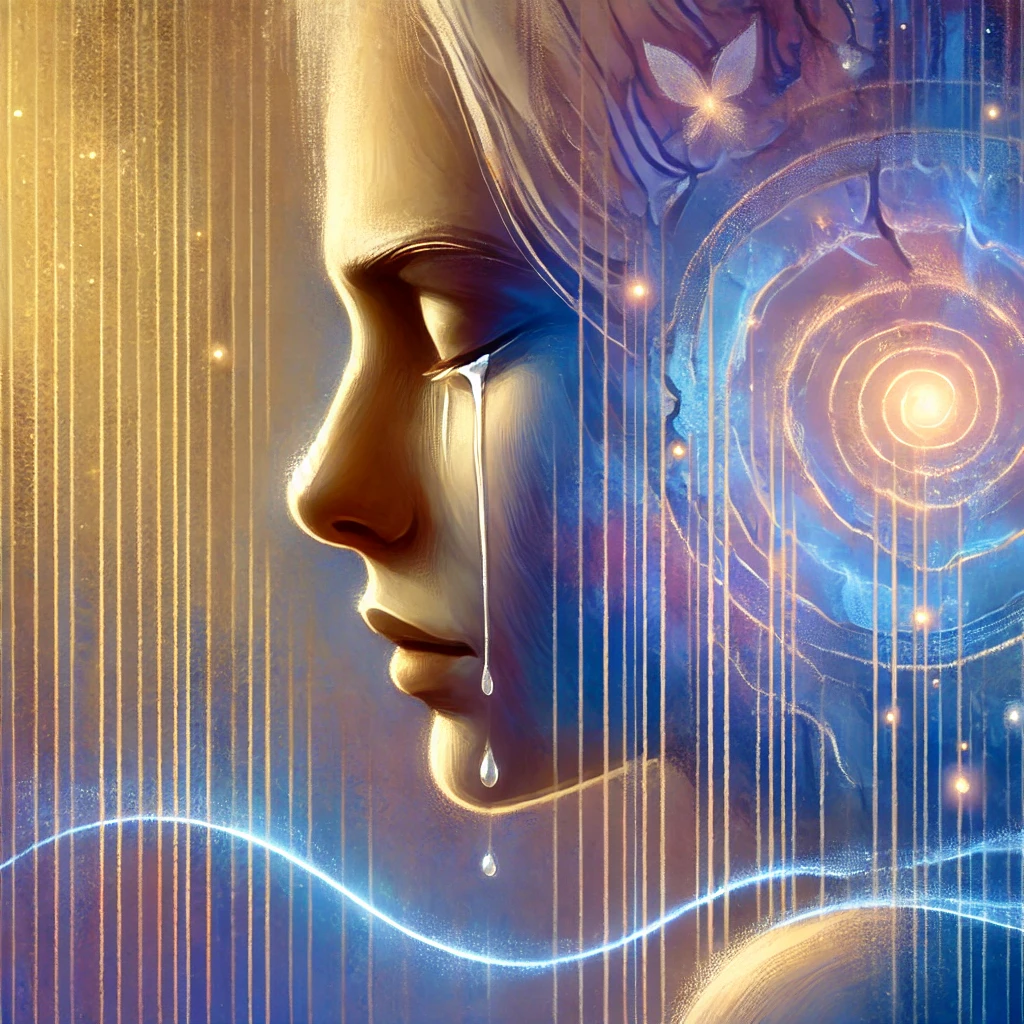The Neuroscience of Crying

The Power of Tears
Every baby cries from the moment they enter this world. It is life-affirming, signals their arrival and the need for connection. When we cry- what is happening in our body? Our brain? And how does it impact our mental health?
Our Body When We Cry
Crying stimulates the lacrimal glands, which produce tears. These can be stimulated by cutting onions or pollen in the air but tears signalled by emotions are different. These tears contribute to emotional regulation and self-soothing through neurochemical changes and nervous system activation.
Crying is a physiological experience. When emotions run high and you feel stress, anger, sadness- the autonomic nervous system kicks in and the sympathetic nervous system triggers the fight-or-flight response, causing your heart to race and muscles to tense. However, when you cry, the parasympathetic nervous system activates, which promotes relaxation by slowing your breathing and heart rate.
1️⃣ Autonomic Nervous System: The overall control center, managing automatic bodily functions: breathing, heart rate, and emotional responses.
2️⃣ Sympathetic Nervous System: Activates the fight-or-flight response. Makes your heart race, muscles tense, and body ready to react to stress.
3️⃣ Parasympathetic Nervous System: Activates the rest-and-digest response. Slows down your breathing and heart rate, promoting a feeling of calmness.
While the body experience physical changes, the brain is coordinating the entire emotional experience.
Our Brain When We Cry
Crying is regulated by the limbic system, the brain’s emotional processing center. When emotions intensify, the amygdala—our emotional alarm system—activates, sending distress signals to the hypothalamus. This, in turn, stimulates the periaqueductal gray (PAG) in the brainstem, coordinating sobbing, facial movements, and tear production.
Meanwhile, the prefrontal cortex, responsible for emotional regulation, tries to make sense of why you’re crying and helps you regain control. As crying continues, the parasympathetic nervous system takes over, promoting calmness and restoring emotional balance.
Why Do We Cry?
Crying is more than just a sign of distress. It serves multiple purposes:
- Self-Soothing: Crying activates the body’s calming mechanisms, helping to lower heart rate and regulate breathing.
- Chemical Release: Crying is associated with the release of oxytocin and endorphins, which can ease both emotional and physical pain.
- Social Bonding: Crying signals vulnerability, inviting empathy and support from others—an important aspect of human connection.
Natural Reset
Crying is a natural reset button. It releases neurochemicals, which contribute to a sensation of relief and calm. Studies show that people who receive comfort from others while crying often experience even greater release of tension.
Crying isn’t a weakness; it’s a fundamental part of being human. When you shed tears, your brain and body work together to process emotions, relieve stress, and strengthen social bonds. So the next time you feel the urge to cry, let your tears flow. Your mind and body might just thank you.
If you enjoyed this article, please subscribe and join the community!
